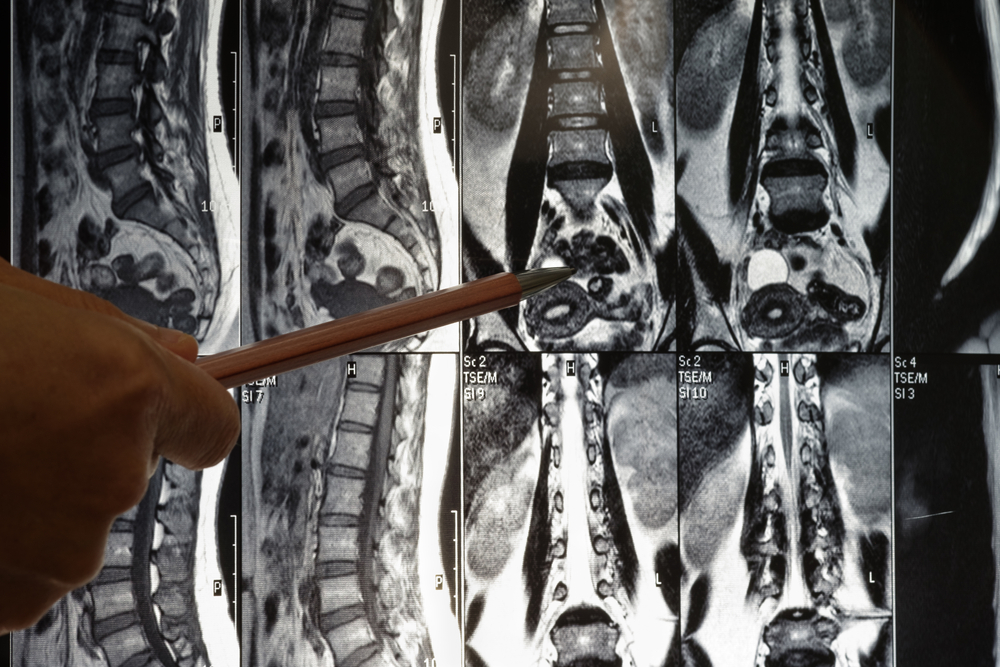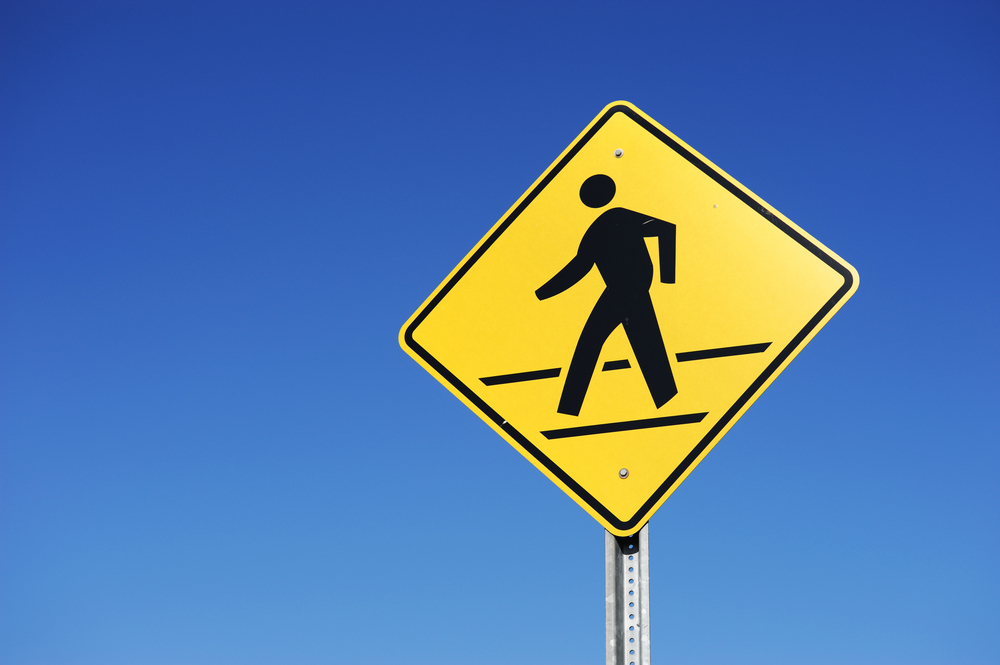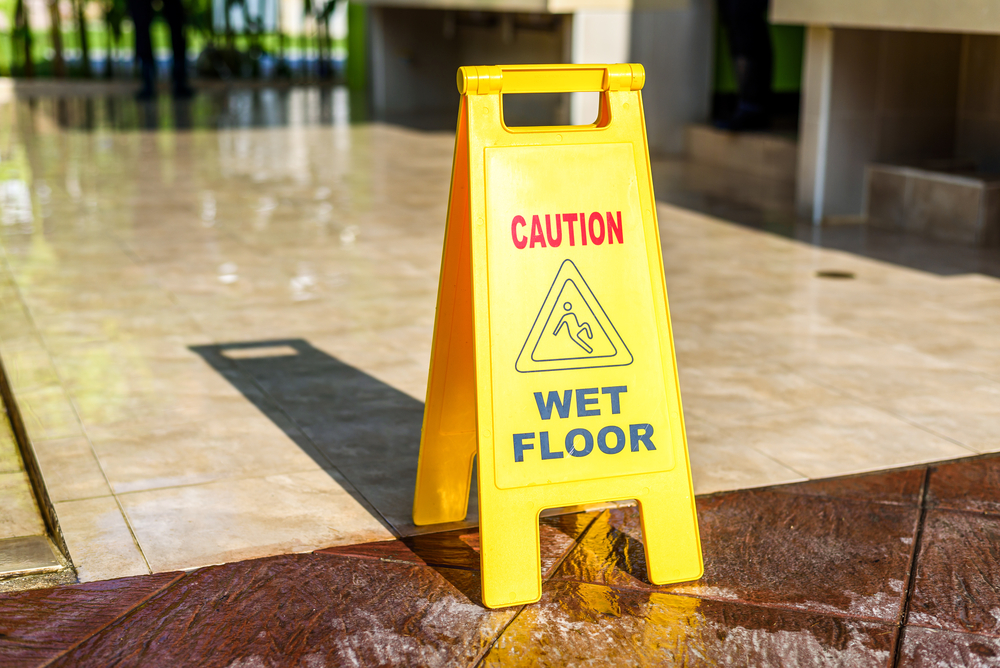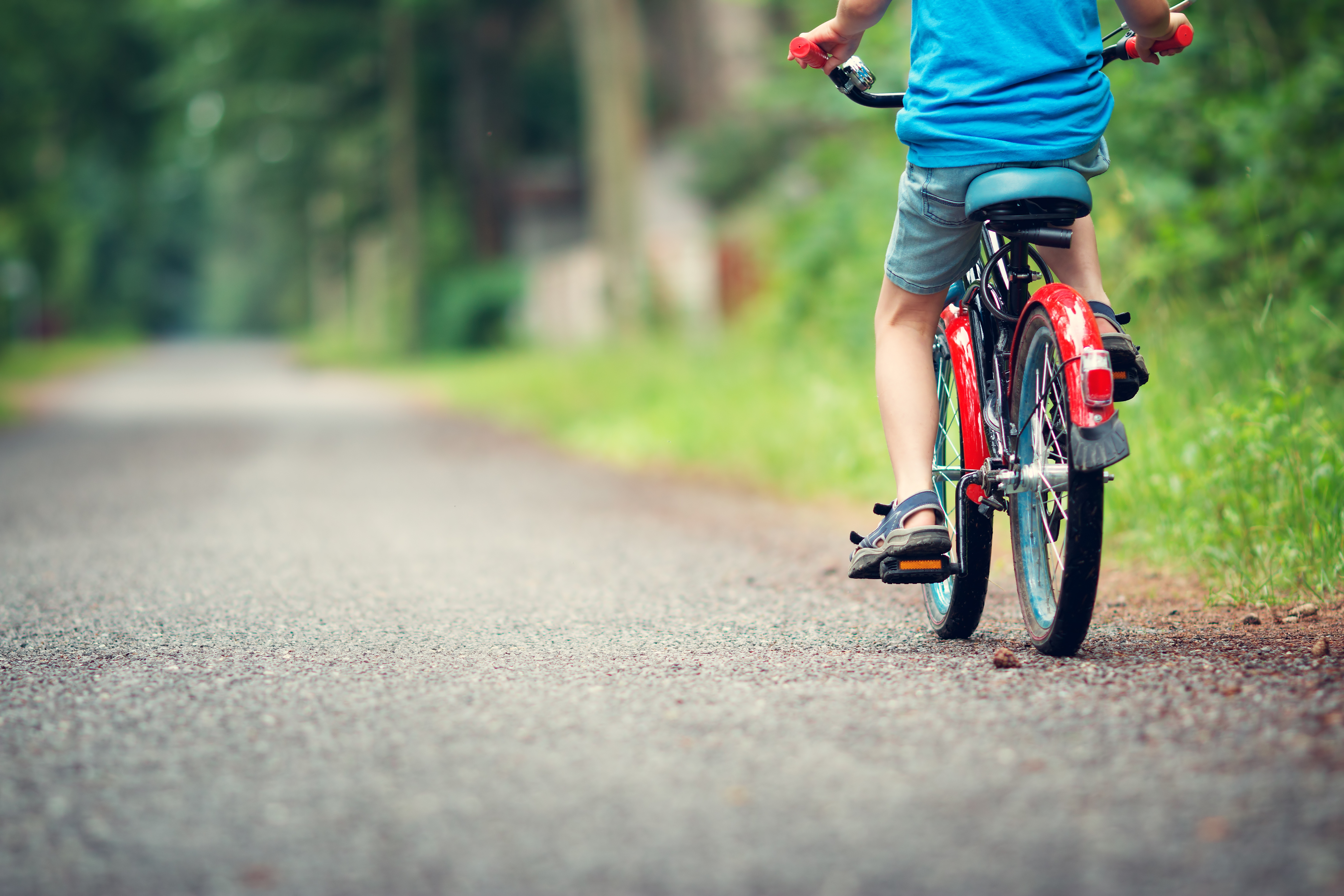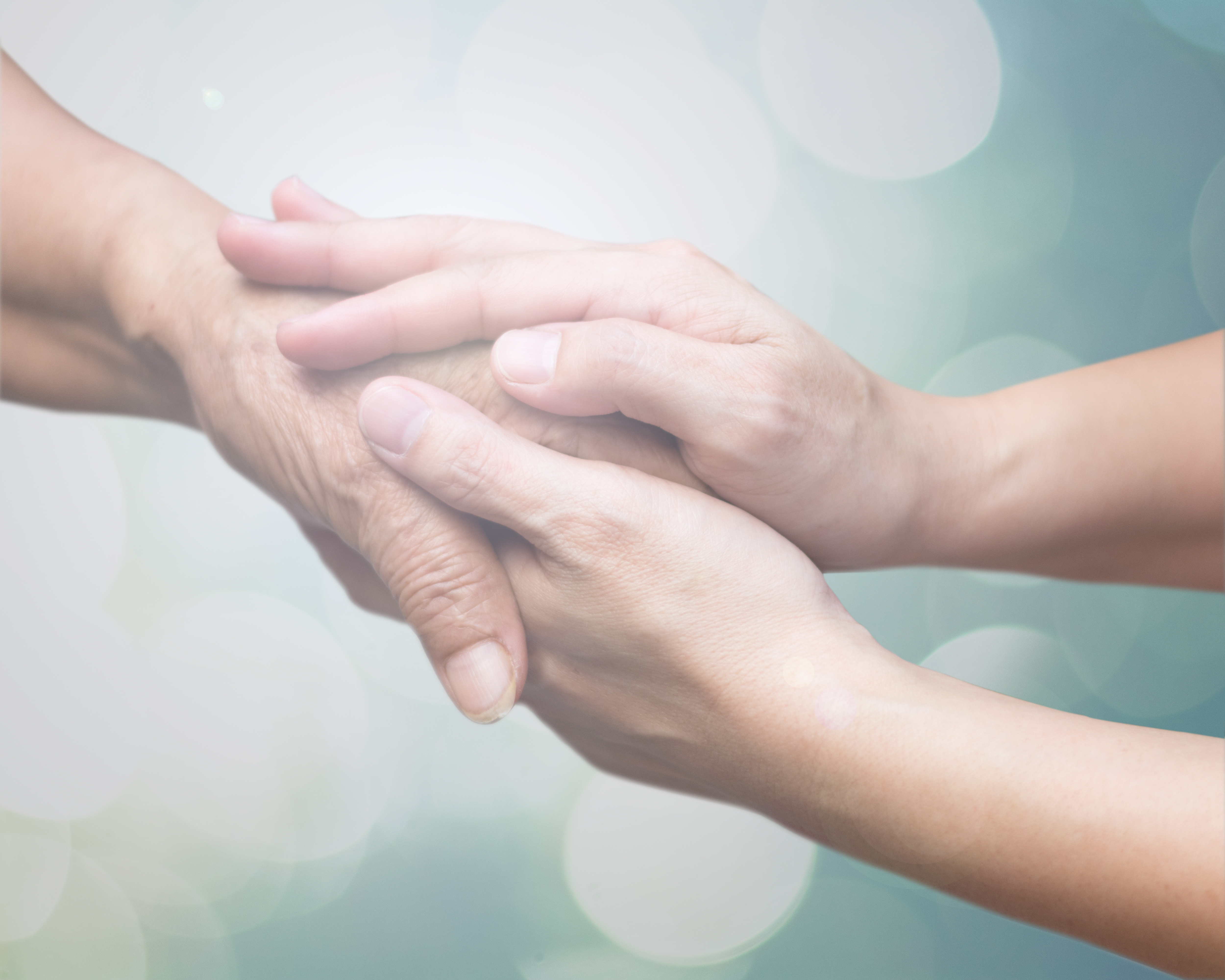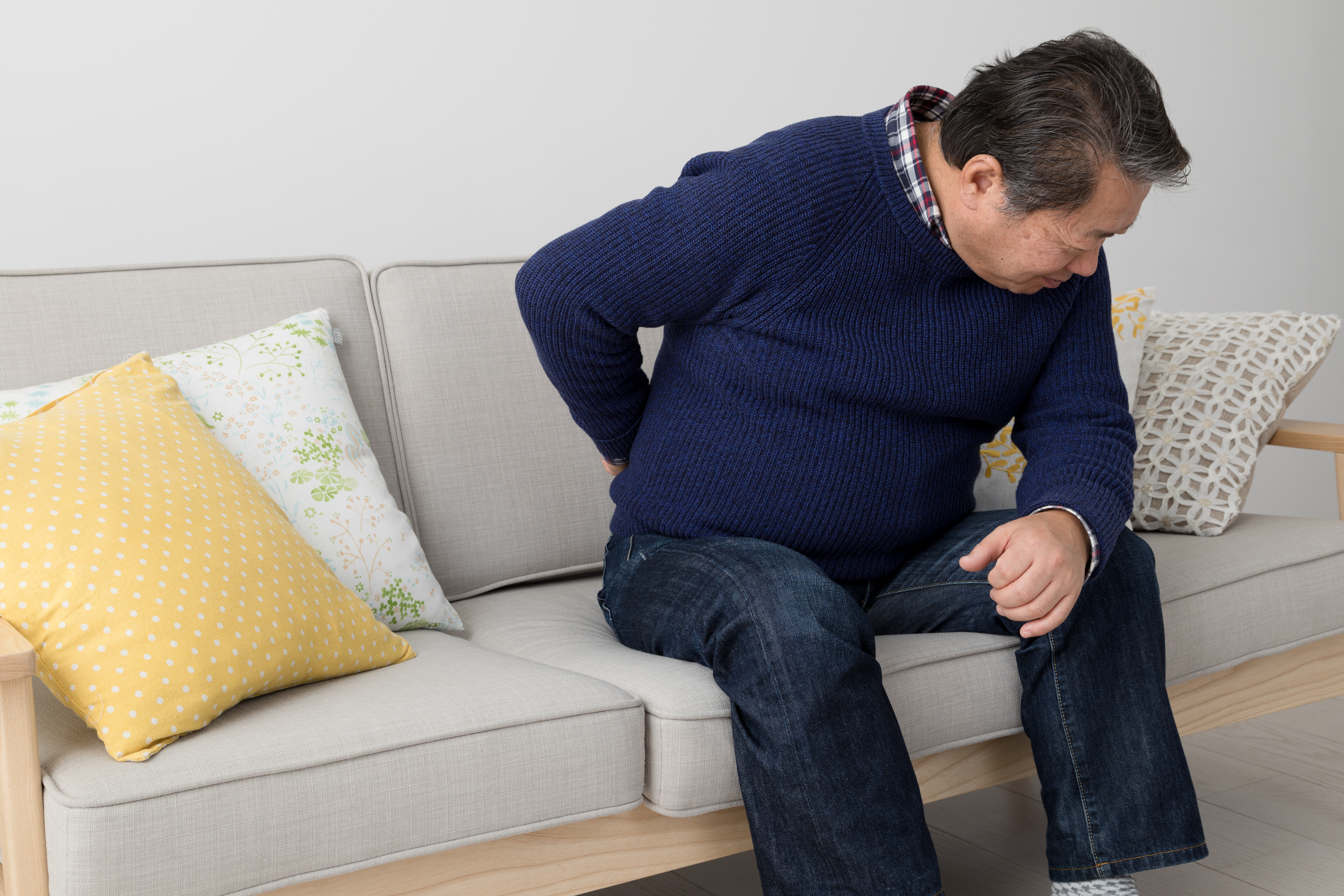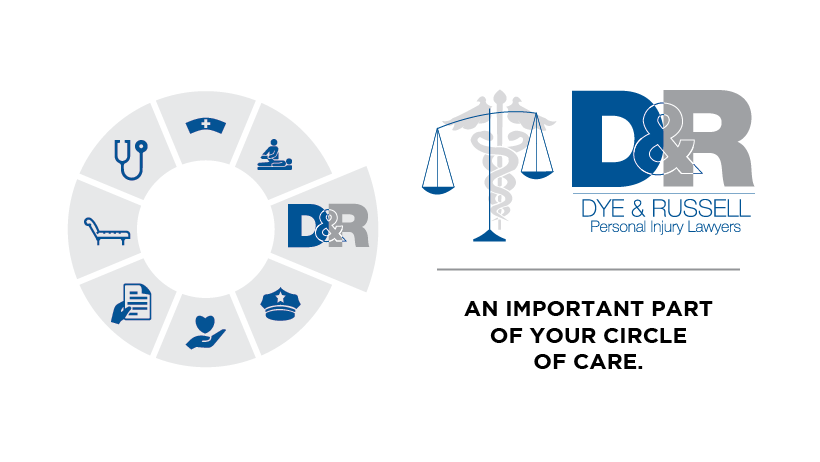After an injury, your life can be thrown into flux. What once was your normal everyday life can be turned on its head. In an instant, everything can change—not only physically, financially and socially, but mentally as well.
Dealing with this change can be overwhelming. While there is always a circle of care available to help you along the recovery journey, the physical and mental strain of your situation can still weigh heavily on your mind. In order to cope with the changes caused by your injury, finding things that work for you personally is key. While trying to find what works for you, something you may want to try is meditation.
What is meditation?
Meditation is the practice of putting all of your attention on a single thing—the present moment. It’s a practice of the state of mindfulness, which is awareness of the present. This can be done by focusing on a single thing, like a mantra, an object, or a part of your body.
Different types of meditation and other mindfulness practices can be used for various different purposes, so depending on the results you seek through meditation that will dictate the meditation practice you choose.
Coping with change
In the case of using meditation to cope with change brought on by injury, meditation can help you become more aware of your experience, specifically paying attention to your thoughts and body sensations. This awareness can allow you to experience the changes in your life and then give you space between experiencing them and reacting to them, allowing you to start practicing flowing with changes rather than struggling with them.
Mindfulness practices have shown to have a number of both physical and mental health benefits. Studies have also shown a trend towards positive outcomes specifically for those suffering from traumatic brain injuries.
In the face of a life-changing injury, meditation and mindfulness practice can be a key tool in helping you cope with both the physical and mental impacts of injury, the challenges of the recovery journey, as well as riding with the changes in your life.
There are many resources available to help you along your recovery journey, including lawyers who are there to protect you and your rights.
Fast dial #1000 free from your cell and we’ll get you the support you need.


